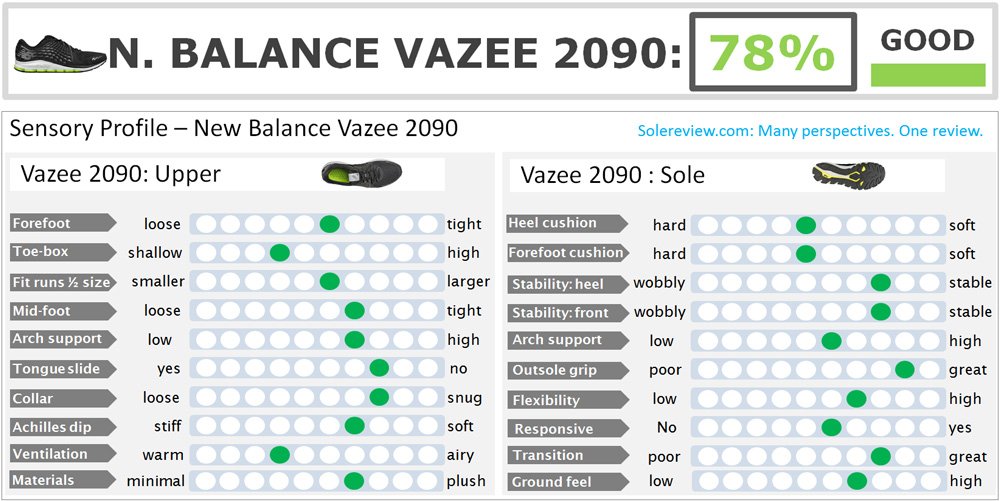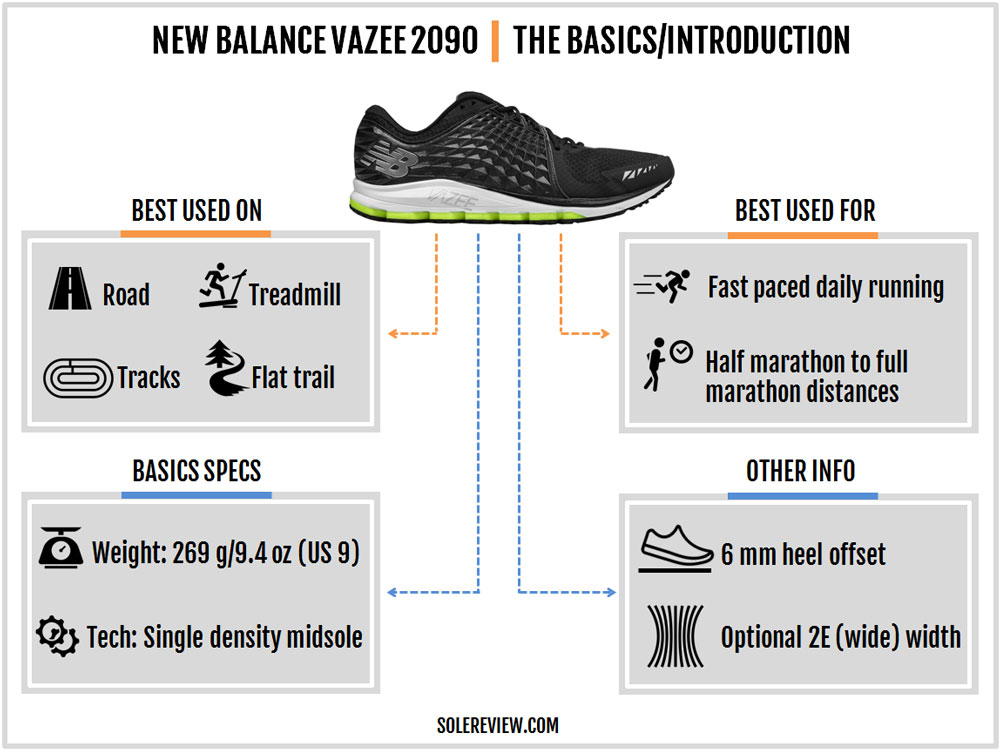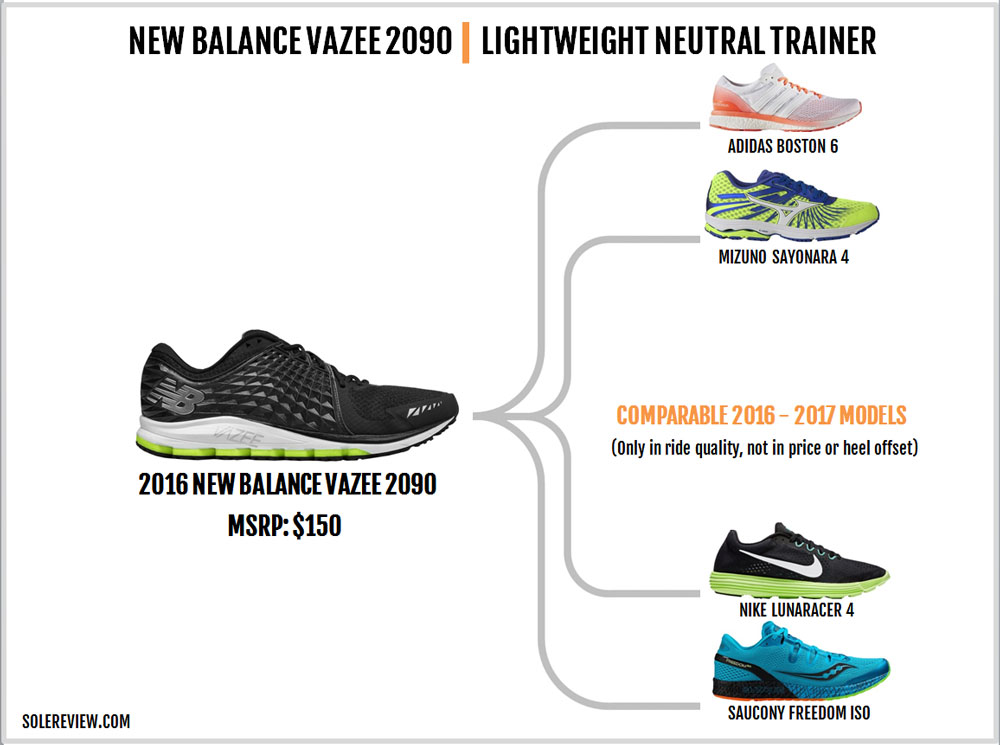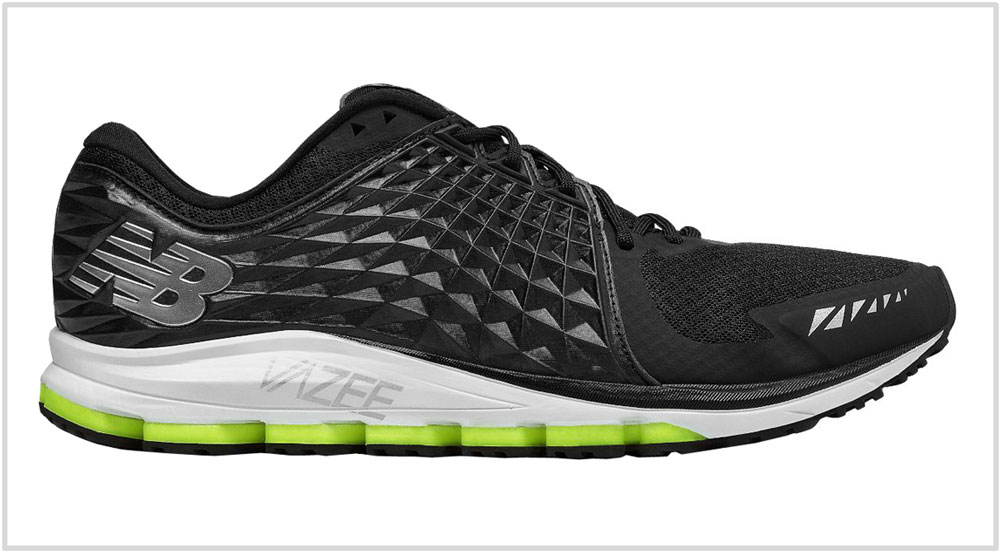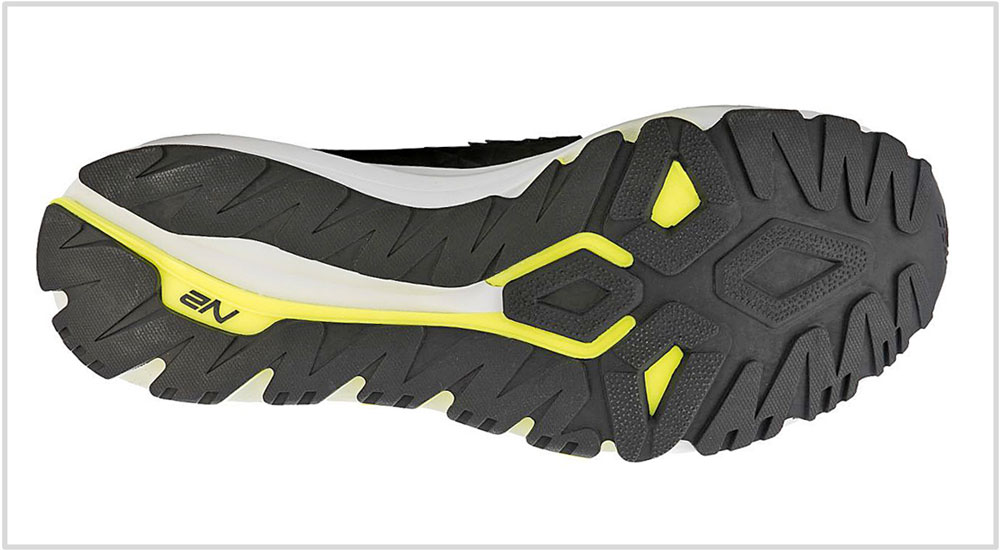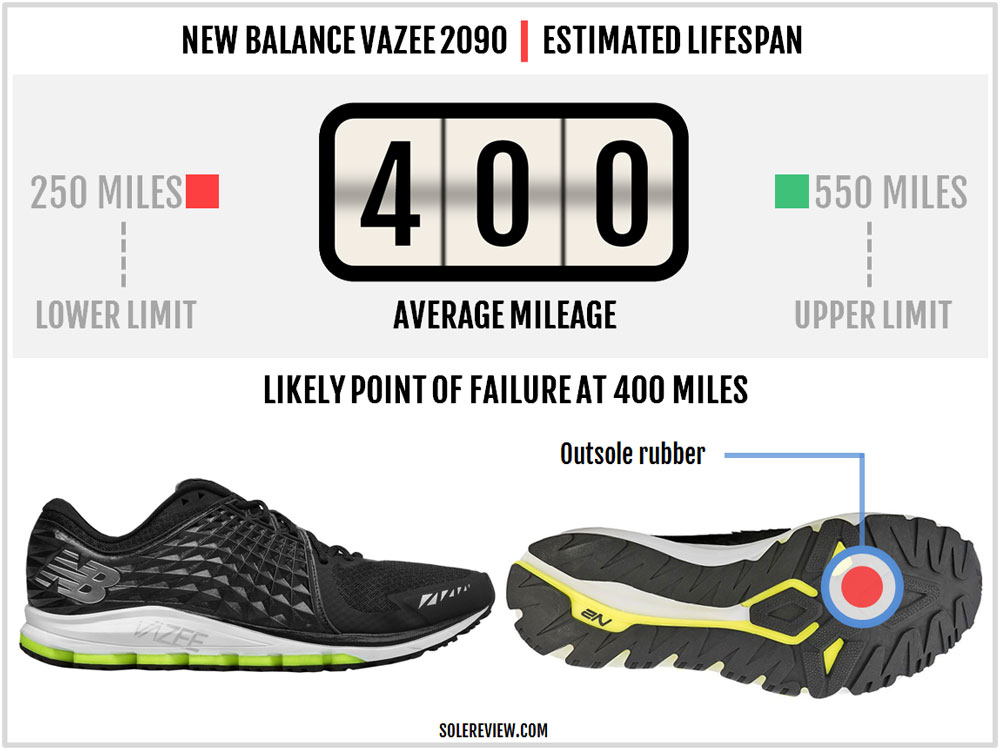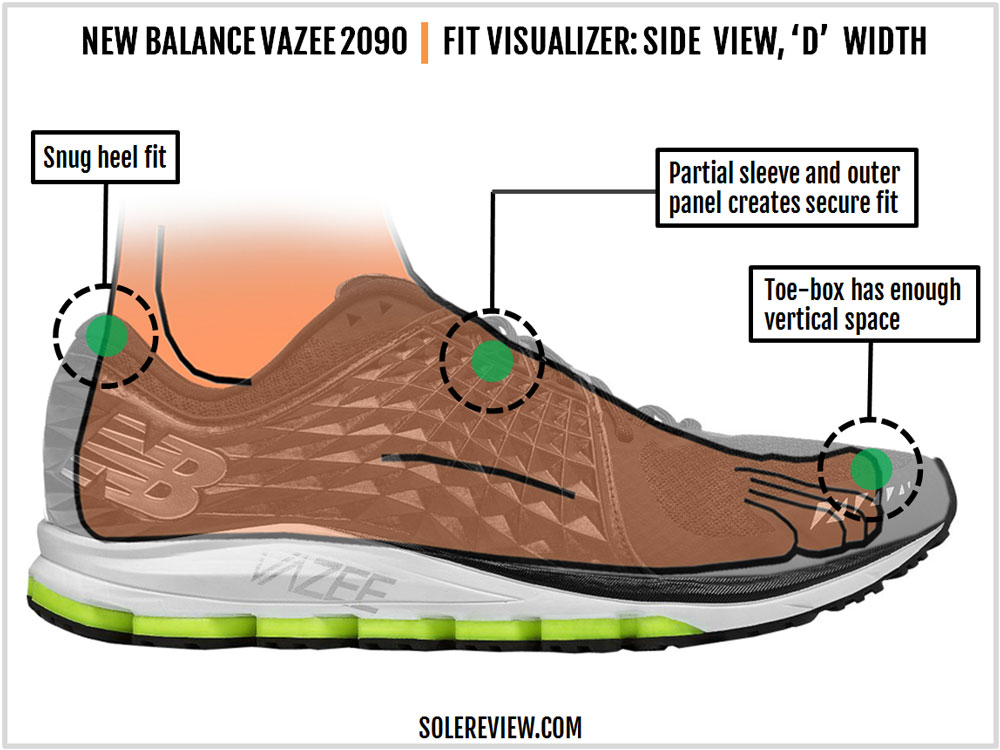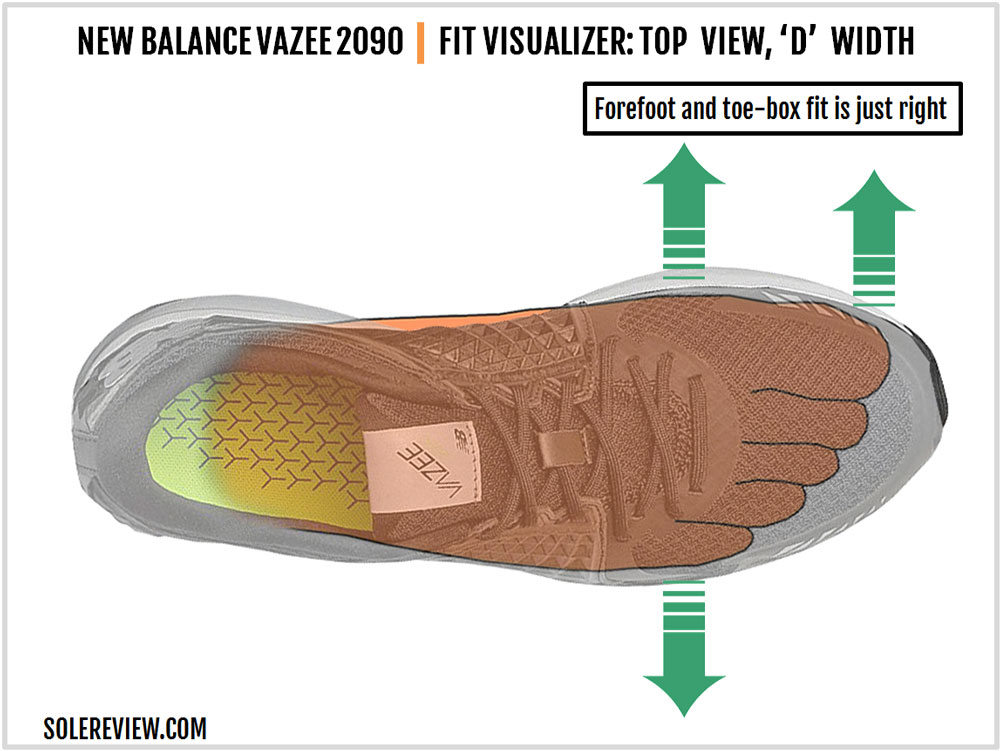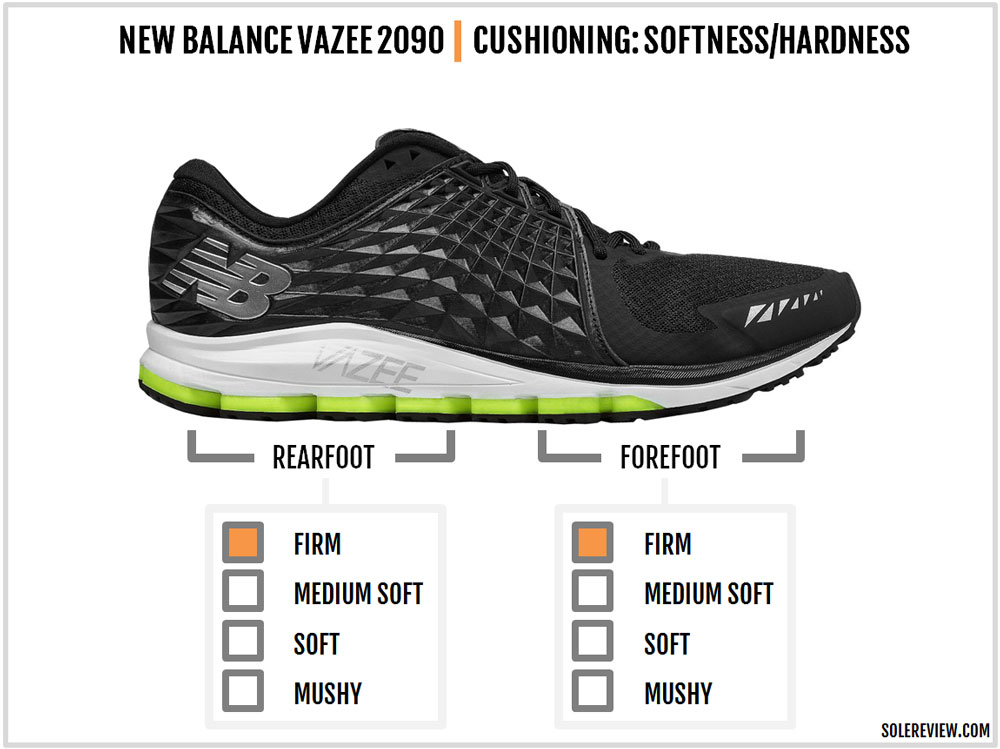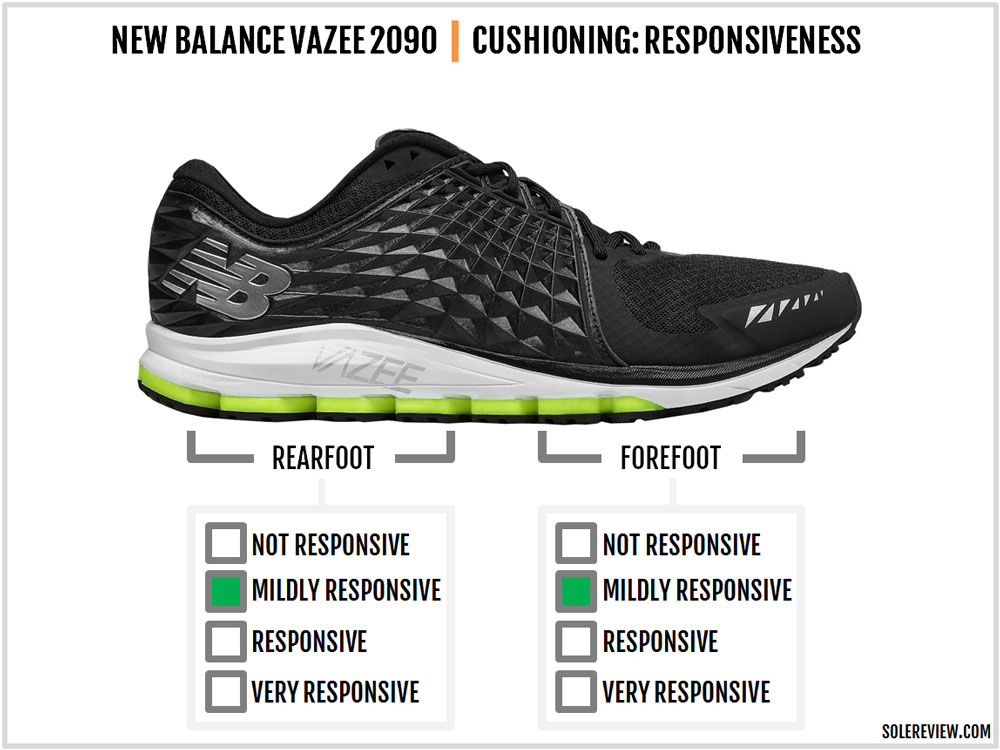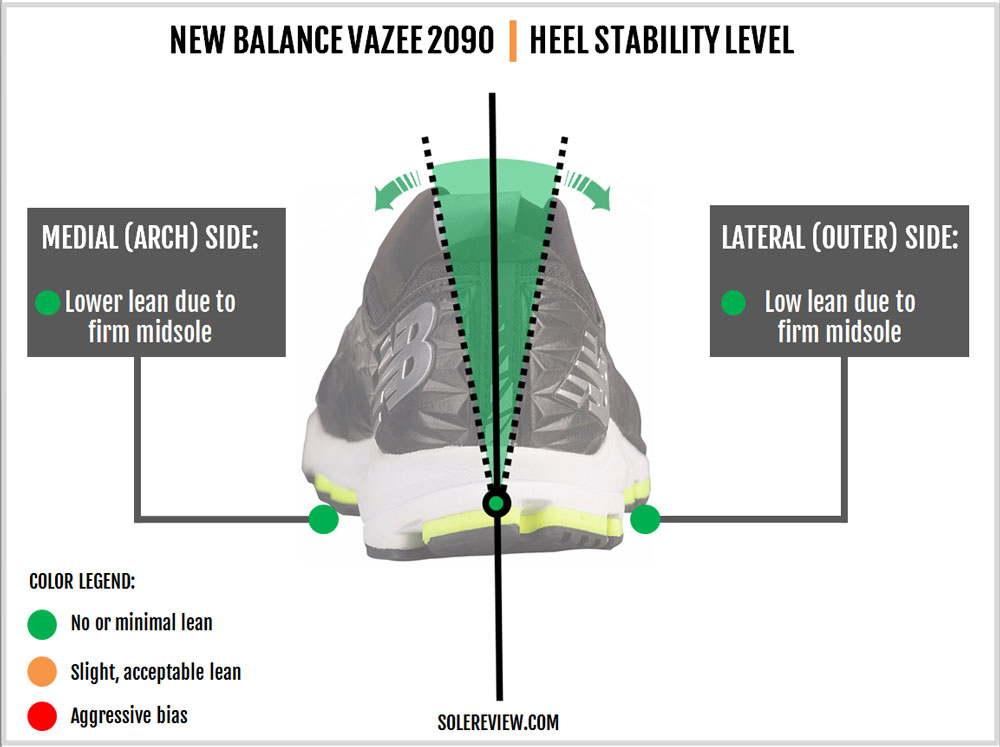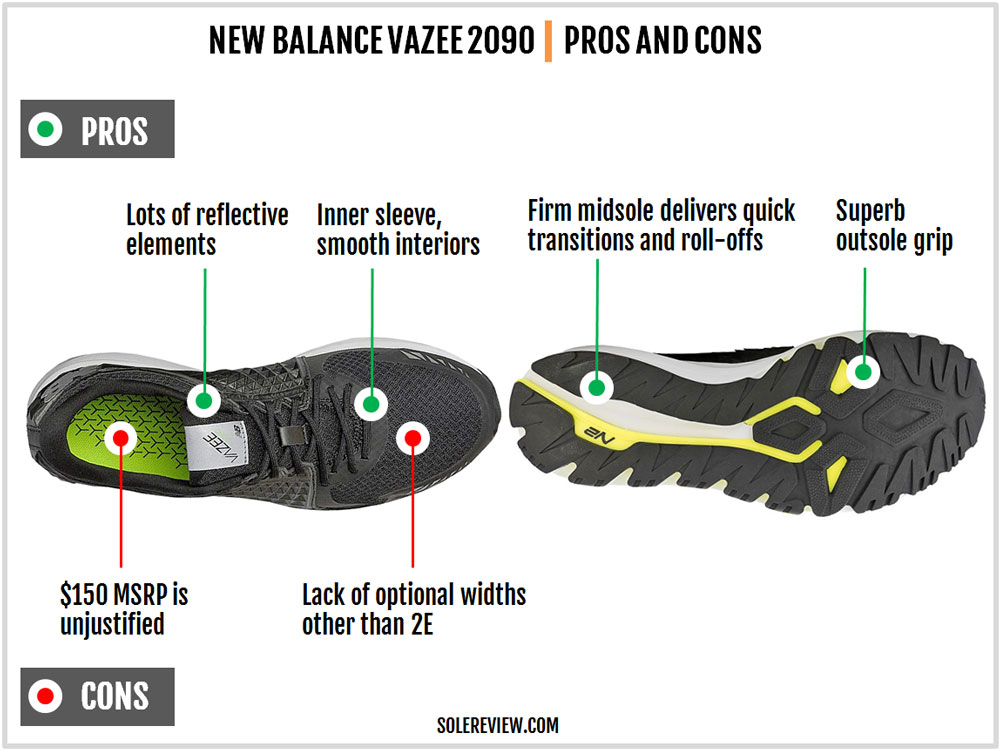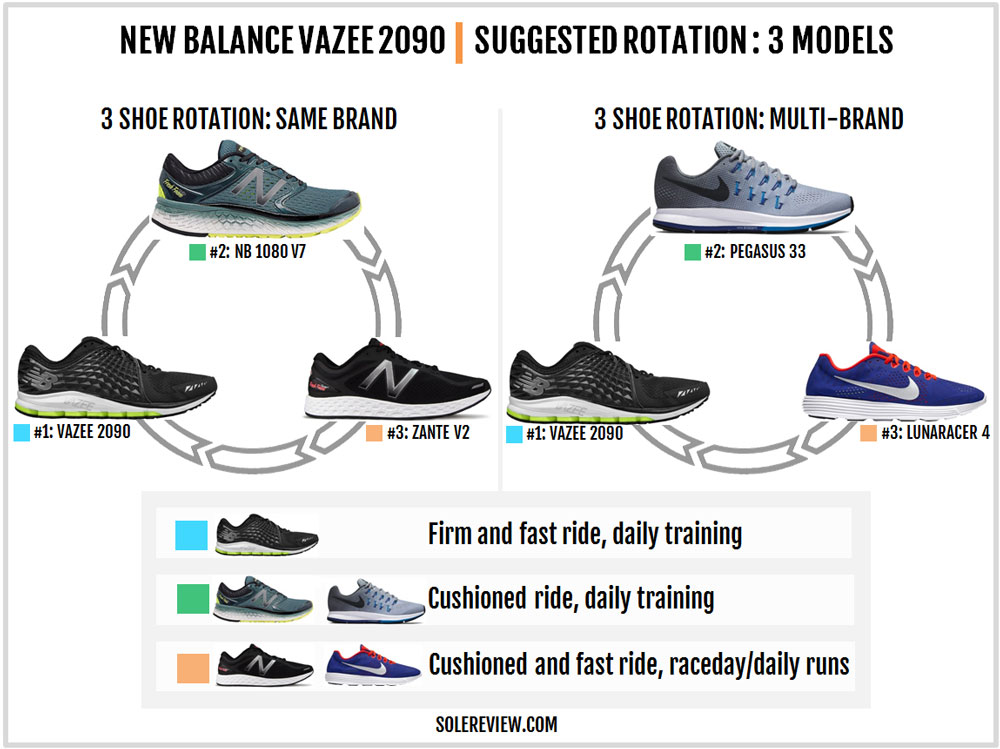INTRODUCTION
The Vazee 2090 is an odd one; it doesn’t seem to fit into any of the traditionally defined running shoe categories. We said the same thing of the Saucony Freedom ISO too, except that shoe made sense however one looked at it.
But the 2090 isn’t a Saucony Freedom ISO. The 2090 appears to be force-fitted into New Balance’s increasingly crowded Vazee line and exists for no particular reason. So what is the Vazee 2090?
Simply put, the Vazee 2090 is a Vazee Pace V2 on stilts. Or Pogo-sticks, if you equate the N2 cushioning insert with bounciness. The N2 foam insert has long been New Balance’s premier cushioning tech on its numbered models such as the 1080V5 and 1260V6.
The Fresh Foam and Vazee product line had so far been kept free of the N2 foam, and that changes with the 2090. The Vazee 2090 features a sizable N2 foam insert which adds an extra 4 mm of stack height. And for this distinction, New Balance charges $150.
Wait, $150 for a souped-up Vazee Pace? Why not get the cheaper and lighter version for far less then? Though the N2 layer introduces a bit of responsiveness, it still rides firm. Which then brings us to where we started – why pay $150 for a shoe which can be easily substituted with cheaper alternatives?
The 2090’s positioning is unclear. It is too much of a shoe for track workouts and doesn’t offer a clear value proposition over lower-priced models when it comes to distance running.
The 2090 being what it is, there are no directly competing models when it comes to the ride quality and price-value. Sure, there are plenty of lightweight trainers which combine cushioning with a fast feel, but they are either priced lower or have a softer ride with a different heel offset. Let’s take a brief look at some of the other running shoes.
The adidas Boston 6 Boost is a lightweight yet cushioned trainer meant to go the distance (and it does!), while the Nike Lunaracer 4 is an extremely lightweight cushioned racer. The Saucony Freedom ISO is also comparable, but it is a superior shoe than the 2090.
Another shoe which comes close to the 2090 is the Wave Sayonara 4. Like the 2090, the Sayonara has a firm-ish ride quality and a spacious forefoot fit. However, the similarities end there, because the Sayonara has a 10 mm heel-to-toe differential and an MRSP of $110.
DESIGN AND MATERIALS
In terms of visual appearance, the 2090 is front-light and rear-heavy. The forefoot is made of a soft mesh covered with a welded toe-cap. The fused bumper also extends to the sides, and then all the way to the lacing area.
The mid and rearfoot side panels are giant pieces of debossed synthetic. The debossing allows the panel to be stretchable, similar to a folded Japanese Origami figure. The design isn’t a mere decoration, as the mildly elastic panel affects the quality of midfoot fit. The synthetic also makes the top of the eyestay very thick.
The same synthetic extends all the way to the heel, where the two panels are joined by a strip. The New Balance logo is embossed on both sides of the 2090’s rearfoot, and are in a contrast color.
There’s an inner sleeve, but it only begins where the midfoot panel and forefoot meet – which is underneath the fourth eyelet from the front. So the tongue is only partially attached to the sleeve, and the rest of its flap stays free. Despite this design, you will experience little to no tongue slide.
The tongue could be better longer because it is going to fall short when the last eyelet row is used for heel-lock lacing. The amount of foam padding is average; neither too plush nor bare-bones.
That applies to the heel collar too, which uses a soft fabric with medium levels of foam fill inside. The inwards-curving heel has a slightly firm Achilles area, thanks to the synthetic strip stitched on the back of the heel.
The 2090 borrows the reflective tongue flap from the Vazee Pace, and there’re other bits of pieces of low-light visibility elements over the toe-box and heel.
There are two different foam materials which make the 2090’s midsole. The first is a familiar looking (Vazee Pace V1) layer of EVA foam, and underneath that is New Balance’s N2 foam in a lime-green color.
In what’s a new design spin, the N2 is used under the midsole foam instead of above it like on other New Balance models.
What’s more, while the N2 foam spans 3/4th of the shoe’s length, its coverage is confined to the lateral outsole edge and under the forefoot. The inner outsole (except the forefoot) only has the Revlite EVA foam. The flexing point for the 2090 is where the N2 foam ends and the rest of the EVA-only area begins; that place happens to be just under the ball of the foot.
The outsole geometry is clearly inspired by the Vazee Pace; the shape and the placement of the rubber lugs are a dead giveaway. And like the Pace, there’s a transition groove under the midfoot and heel which separates the inner and outer outsole.
That similarity aside, there’s a big difference. The entire outsole of the 2090 is made of a single piece of rubber. There are small windows exposing the N2 under the forefoot, and the outer outsole has generous articulation (grooves); but all these are a part of a unit construction.
Most of the forefoot outsole is covered with solid rubber, and the lugs have a rough texture which results in phenomenal grip. The Vazee 2090 will work well as a dual-purpose (road, flat trail) shoe.
What’s remarkable is that even with the thick midsole and generous application of rubber, the shoe still manages to weigh under 10 ounces, which classifies the 2090 as a lightweight trainer.
A solid rubber outsole. Lots of upper structure. A well-rounded fit. Firm midsole. Combine these four, and you’ll end up with a durable shoe, which the 2090 is.
Even the lower priced Vazee Pace has a lengthy lifespan, and at the very least, the 2090 will match that.
UPPER FIT AND FEEL
The relatively minimal forefoot design creates a comfortable fit with adequate toe-box room. The forefoot mesh is soft and comfortable, and there are no pressure hot-spots.
The outer upper has a lot of synthetic which provides support, but the real star of the midfoot fit is the inner sleeve. This soft, second layer of mesh below the upper wraps around the midfoot in irritation-free comfort. The 2090’s interiors have a smooth, seamless feel to them.
The synthetic midfoot panel might seem like a lot of material, but it isn’t rigid. The debossed design comes with in-built stretch – something you feel when pulling the laces tight. While the tongue padding is good enough to filter the lacing pressure, the tongue could have been longer.
No fit problems with the heel either. The padded collar curves inwards, which results in a problem-free grip around the ankles.
The forefoot has just the right amount of space. The combination of soft mesh and welded overlay creates enough sideways room for foot splay, but without an excess of it. Comfortably snug is how we’d describe the forefoot fit.
The toe-box has a broad shape, which leaves a comfortable margin around the toes. There’s spacing in front too, so the Vazee 2090 runs true to size.
RIDE QUALITY AND BEHAVIOR
If you were expecting the N2 foam above the outsole to deliver a plush, carpeted ride, then you’re in for a disappointment. The Vazee 2090’s ride quality is decidedly firm. Agreed, while it is slightly less so than the Vazee Pace, the 2090 is certainly not a softly-cushioned roadster.
The N2 does provide a bit of additional cushioning, and that is further helped by the split outsole design. The pod-like structure makes the outsole more pliable, which translates into an enhanced cushioning feel.
‘Cushioned’ is a relative term in this context, and we’re still left wondering what the 2090 is meant for. It has the padding necessary to run longer distances, but the relevant question is: What can the 2090 do which the Pace V2 won’t? Except for the minor feedback from the N2 insert, the Pace has a similar ride.
How about interval training on synthetic tracks, then? While shoes such as the Vazee Pace and 1400 excel under those conditions, the Vazee 2090 feels too much of a shoe.
For long-distance road running, the Vazee 2090’s firm ride isn’t motivation enough to upgrade from the Pace V2. Of course, you can use the 2090 for marathon distances, but again, you end up at the ‘why not the cheaper Pace V2’ crossroad.
The N2 infused midsole offers a mild responsive feel which is situated closer to the ground. The Revlite foam is quite firm, so that makes the N2 more effective as it compresses and rebounds during footstrike and transitions.
There’s a lot of N2 under the forefoot, so that area has a bit of a responsive snap too. And like the Pace V2, the 2090’s firm base offers good feedback from the running surface.
One of the reasons why the 2090 feels planted is its bottom-heavy design. Most of the shoe’s weight is located in the lower region because of the Revlite foam-N2-outsole rubber stack. The overall firmness of the ride also keeps the midsole supportive while complementing quick roll-offs.
The uniformity of midsole materials along with the single-piece outsole keeps the loading smooth and progressive in nature.
On a related note, the 2090 feels ‘heavier’ than the similar weighing Pace V2 because of its bottom-loaded material distribution. Otherwise, there’s hardly any weight difference between both the Vazee models.
PROS AND CONS
The $150 retail price is a real head scratcher and the Vazee 2090’s biggest flaw. Why would somebody spend $150 for a shoe which does the job of something which is priced $40 lower? The few millimeters of N2 foam isn’t worth the price difference.
If it weren’t for the price, the 2090 gets a lot of things right. The outsole grip is excellent, and so are the transitions. As a stand-alone shoe, there is enough midsole padding for daily training or longer road races, though the ride is a firm kind. And as a responsive cushioning element, the N2 does work to a certain extent.
Things look good in the upper department too. The upper fits smooth because of the inner sleeve, and the forefoot has plenty of room without feeling baggy. The mid and rear foot runs warm, though; opaque synthetic leather isn’t the best choice of material for ventilation.
There are a couple of other areas where the 2090 could do better. Its tongue could be slightly longer – something which the Vazee Pace V2 rectified over the V1 – and a $150 shoe should offer more widths than just a 2E.
RECOMMENDED ROTATION
Since the 2090 is similar to the Pace in many ways, we’ll recommend the same rotation as we did for the Vazee Pace V2. For a lightweight and softer option, the Zante V2 will go well with the 2090.
At the deeper end of cushioning, the 1080V7 is a shoe to consider. There’s plenty of foam padding for those long and easy runs, and the 8 mm heel to toe offset isn’t very far off from the 2090.
If not the Zante or the 10807, then we’d suggest the Nike Pegasus 33 and the Lunaracer 4. The Pegasus is a well put together shoe which packs in plenty of cushioning without feeling mushy.
And as far as a lightweight shoe with a soft ride goes, it’s hard to beat the 6-ounce Lunaracer 4.

